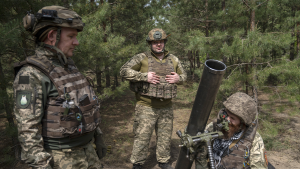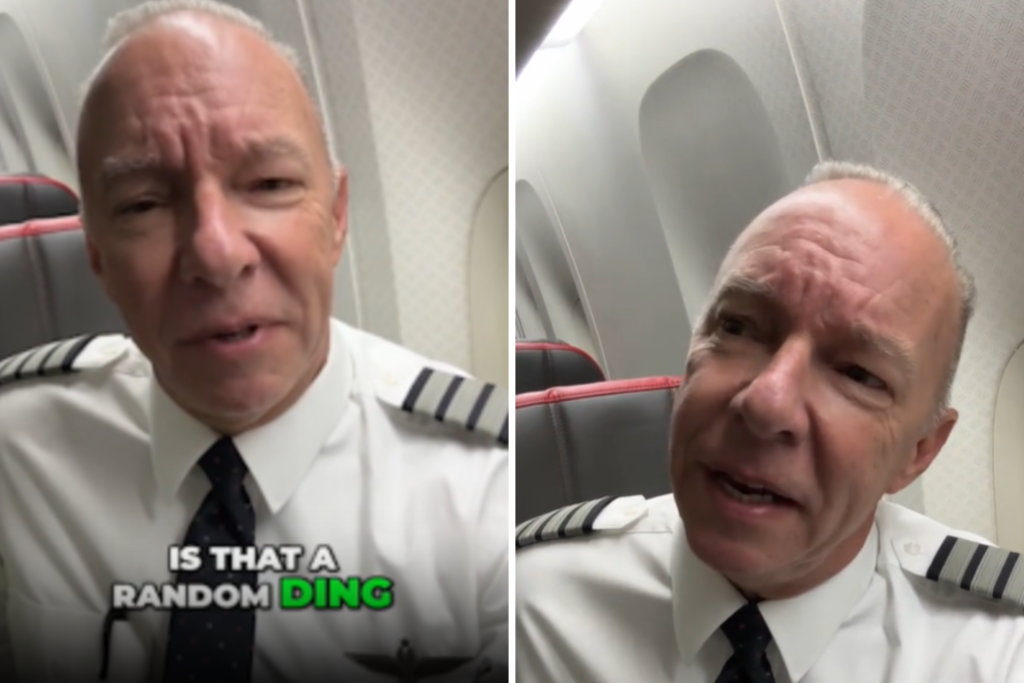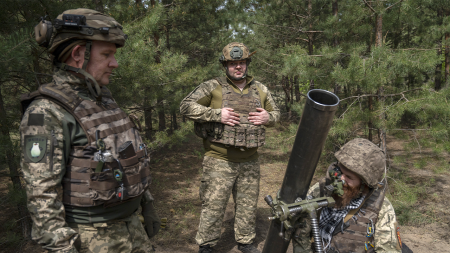The subtle chimes and dings that punctuate a flight often go unnoticed by passengers, blending into the ambient sounds of travel. However, these seemingly random signals are often purposeful communications, primarily between the pilots and the cabin crew. Captain Steve Scheibner, an American Airlines pilot, sheds light on this often-overlooked aspect of air travel, revealing the coded language embedded within these seemingly innocuous sounds. He identifies three specific instances during a flight when he intentionally uses the “ding” to convey instructions to the flight attendants, transforming the chime from a background noise into an essential communication tool.
The first “ding” occurs as the plane is cleared for takeoff and begins its journey down the runway. This signals to the flight attendants that takeoff is imminent, prompting them to finalize their pre-flight preparations and brace for the initial ascent. It marks the transition from ground operations to the commencement of the flight, a critical moment requiring heightened awareness from the crew. The second “ding” comes at a crucial altitude: 10,000 feet. This altitude typically marks a shift in air stability. Below 10,000 feet, the atmosphere is often more turbulent, making movement within the cabin potentially hazardous. The “ding” at 10,000 feet signals to the flight attendants that the plane has reached a smoother altitude, allowing them to safely leave their seats and begin in-flight service. It acts as a safety measure, preventing unnecessary movement during potentially turbulent phases of the flight.
The final purposeful “ding” occurs during the descent, as the plane passes back through 10,000 feet. This serves as a notification for the cabin crew to prepare for landing. It prompts them to stow away service items, secure the cabin, and take their seats for landing. This “ding” marks the final phase of the flight, signifying the transition back to ground operations. These three strategically placed “dings” form a concise yet effective communication system, ensuring coordinated action between the cockpit and the cabin crew without verbal exchange, minimizing distractions and streamlining operations during critical phases of the flight.
Captain Scheibner’s explanation, shared via a TikTok video, garnered significant attention, revealing a hidden layer of communication often unnoticed by passengers. Many viewers expressed surprise, admitting they had never considered the purpose behind these chimes. Some perceived the “dings” as random or associated with passenger service requests, highlighting the general lack of awareness regarding their true function. This revelation emphasizes the intricate coordination and communication required for smooth and safe air travel, processes often invisible to the passengers.
The timing of Captain Scheibner’s explanation coincides with a resurgence in international air travel, approaching pre-pandemic levels. As millions take to the skies, insights like these offer a glimpse into the behind-the-scenes operations that ensure safe and efficient flights. They demystify some of the less obvious aspects of air travel, providing context for the sounds and procedures that passengers experience. The renewed interest in air travel highlights the importance of understanding these subtle yet vital communications, fostering a greater appreciation for the complexities of flight operations.
Captain Steve’s video sparked a lively discussion online, with viewers sharing their interpretations and reactions to the “ding” phenomenon. Some admitted to simply ignoring the chimes, assuming they were unrelated to their experience as passengers. Others, particularly anxious flyers, expressed a desire for differentiated signals to avoid mistaking cabin crew instructions for turbulence warnings. The diverse responses illustrate the varying perceptions and levels of awareness surrounding these subtle in-flight communications. The discussion underscores the potential for misinterpretation and highlights the value of clear communication and passenger education regarding in-flight procedures.
This exploration of the “ding” system underscores the intricate communication network operating behind the scenes of every flight. While seemingly insignificant to the average passenger, these subtle chimes play a vital role in coordinating the actions of the flight crew, ensuring smooth and safe operations from takeoff to landing. The viral response to Captain Scheibner’s explanation demonstrates a public curiosity about the hidden workings of air travel, highlighting the importance of transparency and communication in demystifying the flying experience. It also emphasizes the role of technology in disseminating such information, fostering a greater understanding and appreciation for the complexities of aviation.










